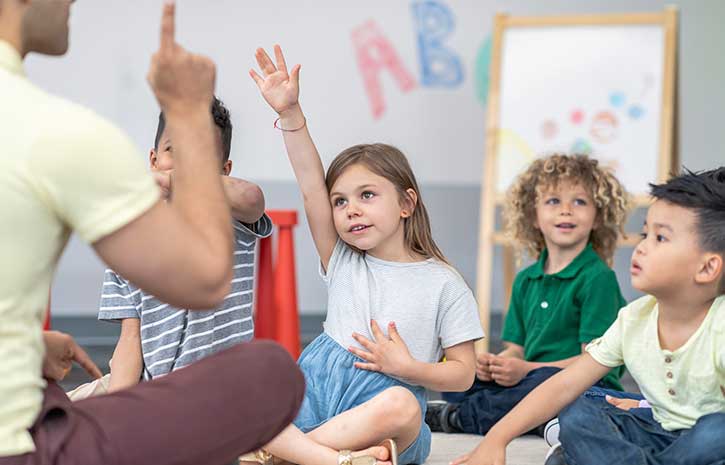























Helping Children Transition Back to School after the Pandemic: What Parents Can Do

Nimali Buthpitiya
Helping children transition back to school or sending them school for the very first time is usually a challenging task. COVID pandemic forced families keep their children at home. The best they could do is engaging them in home and virtual schooling. However, with more childcare facilities, preschools and schools opening up for in-class learning, children are now required to prepare themselves to physically attend school after a long period of time. This has made transitioning children back to school extra challenging for parents with young children.

It is normal to see children fuss about leaving home and their loved ones. Separation anxiety is an inevitable part of their life and development. In addition, COVID pandemic brought many changes to our lives and the way in which should we live. Physical distancing, wearing masks and being extra careful about health and hygiene are some of them and these have certainly added extra stress and responsibilities for both children and adults. In an environment as such, getting back to normal life again at school, daycare or preschool for children is not an easy task. Parents also may feel less confident and comfortable with children being at school on their own due to these concerns. Nevertheless, parents and caregivers can support children based on the understanding that transitions can be hard for children and families, and it requires time to adjust so that neither children nor families are rushed through the process. What is important to know here is that, having a child successfully transitioning into new experiences is an outcome of the collective efforts invested by his or her parents and caregivers.
How parents can help?
- Keep in touch with other parents of the same class or school. This will allow exchange important information about the program and do things as parents to make children feel more comfortable and supported in their school environment.
- Allocate some time to speak to the teachers and know how the child has been doing. It is also advisable to consult child’s teacher to decide the best way to separate from him or her at the start of the day to help settle better.
- Try to remain calm and reassuring during transition. Pay attention to your voice and expressions. Use a calm tone of voice, with a relaxed face and gestures to let children know that they are safe.
- Spend more time with your children whenever possible and be there for them during stressful times. This will strengthen children to go through challenging times. It is essential to allow them express and voice out their opinions too.
- This is a great time to train children become resilient. Help them develop skills and ways of thinking that enable them recover from difficult experiences and get back to their normal lives successfully. Find resources to learn how to promote resilience and reduce anxiety in children as knowledgeable parents. Seek professional advice whenever necessary.
- Ensure children have a proper daily routine at home. It should include regular times for naps, meals, play, learn and night sleep. This is an effective way of getting children use to perform most essential tasks each day without missing them out. It also gives them a sense of order.
- Do not overlook situations if children show symptoms of anxiety or behavioral issues persistently. Seek professional intervention without any delays.
Share With:
Recommended Articles


What Causes Stress in Children?
We often define children as little humans who are problem free and joyful. This is the same reason why we tell ourselves at times ‘oh I wish I could go back...
Read More

How we could ensure the development of a child while providing care for them?
Caring for a child is a responsible task in its nature. It involves various tasks starting from the simplest ones such as feeding or dressing a child to the...
Read More

Communicating to Get Things Done Helping your Child to Listen
When we communicate, we are either sharing information or informing, or two or more people are exchanging ideas. Communication is fundamental to the social ...
Read More